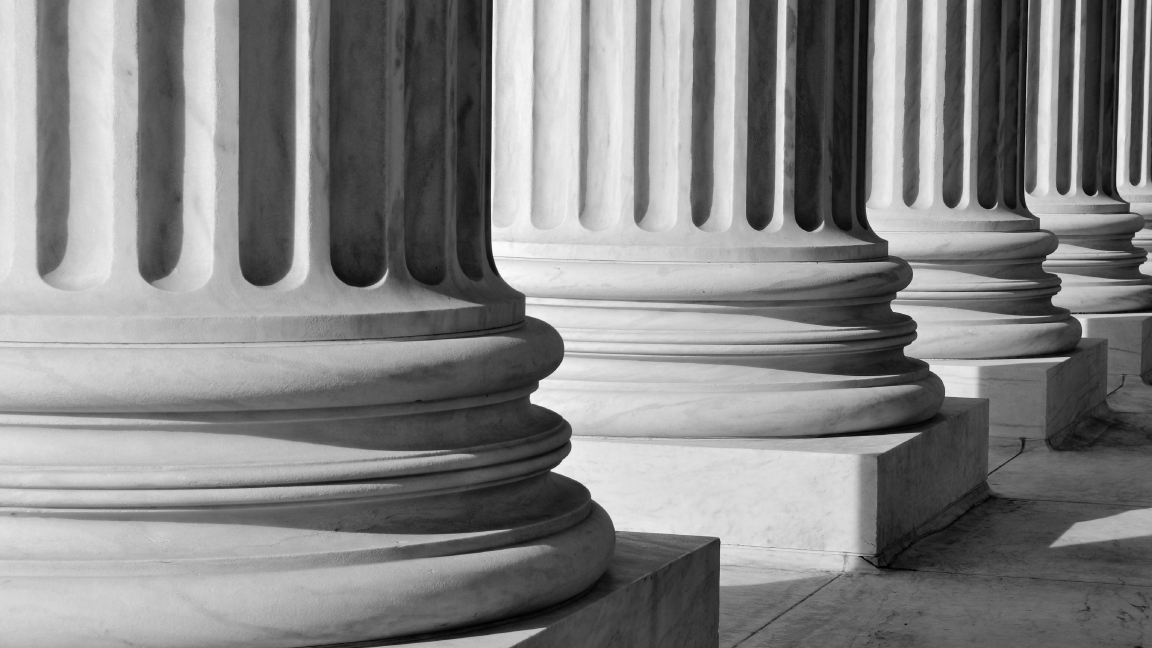Volume 2020 | Issue 15
Download this FYI as a printable PDF
On 9 April 2020, the Pensions Regulator published guidance for employers, specifically covering automatic enrolment and pension contributions, particularly in relation to defined contribution pension arrangements.
This is the latest guidance produced by the Regulator during the COVID-19 situation, with previous publications for trustees on 20 and 27 March being the subject of two earlier FYI Alerts.
Having issued the guidance on the Thursday before Easter, the Regulator has already promised to add to the guidance in the week beginning 14 April.
Background
As the COVID-19 pandemic continues to bring challenges for everyone, the Regulator recognises the strain that employers are under. This latest pragmatic guidance is specifically for employers covering their automatic enrolment duties and duty to make pension contributions.
Automatic enrolment and re-enrolment
The Regulator makes it clear that automatic enrolment duties continue as normal, even if employees are furloughed under the Coronavirus Job Retention Scheme.
New employers must continue to assess and enrol eligible employees into a pension scheme, although they may choose to use the postponement process to postpone enrolment and pension contributions for up to three months, provided employees are informed of what is happening and how automatic enrolment applies to them.
Existing employers who are approaching the date of their triannual re-enrolment duties are reminded that they can choose a later date of up to three months after the third anniversary to assess employees eligibility to be enrolled.
The Regulator lists a number of support initiatives that the government has introduced, including the Coronavirus Job Retention Scheme, and repeats its promise, this time to employers, that in these challenging times it will take a proportionate and risk-based approach towards enforcement.
Maintaining pension scheme payments
The obligations for both members and employers to make contributions to a pension scheme is set out in the scheme rules for trust-based schemes, or in the governing documentation of other pension arrangements, such as group personal pensions. What can be done to vary or stop contributions depends, initially, on what is written in these documents.
The Regulator reminds employers that they must not encourage or induce members to opt out or cease active membership of pension arrangements or reduce contributions to them. Contributions deducted from employees’ wages must also be paid to the scheme and not used for any other purpose.
Any employee who reduces contributions below the statutory minimum, or opts out, or ceases active membership of a qualifying pension scheme must, if they meet the relevant criteria, be re-enrolled at the next re-enrolment date into an automatic enrolment scheme.
Coronavirus Job Retention Scheme
The Regulator’s guidance contains a link to the government’s Coronavirus Job Retention Scheme guidance and states that the Regulator is working with HM Treasury and the Department for Work and Pensions to feed, into this guidance, more information on pensions.
The government’s Coronavirus Job Retention Scheme includes statutory minimum automatic enrolment contributions. Employers, making a claim to cover the lower of 80% of a furloughed employee’s salary or £2,500 per month, can also claim the statutory minimum employer pension contribution on that salary.
In the meantime, the Regulator makes it clear that employers will still need to run their normal payroll process and deduct tax, national insurance and pension contributions from furloughed employees.
Employers who are calculating contributions from the first penny of earnings and do not use banded qualifying earnings will, in addition to their existing pension contribution calculation, have to calculate 3% of the qualifying earnings of furloughed employees, as part of the process for making a claim for the total grant under the Coronavirus Job Retention Scheme.
Employers of furloughed employees, who are paying more than the minimum (e.g. because the scheme is a defined benefit arrangement or because they are required to pay more under the scheme rules or governing documentation, or choose to do so), can only recover the minimum automatic enrolment contributions and not the excess.
Defined contribution arrangements
Employers with defined contribution pension arrangements may be able to reduce their contributions to the statutory minimum but cannot legally reduce their contributions below it.
Employers considering decreasing employer contributions are reminded to check:
- employment contracts;
- any agreements with trade unions;
- scheme rules in trust-based schemes, and provider contracts for group personal pensions;
- legislative requirements, for example, employers with at least 50 employees are legally required to consult with affected employees if they are making changes that decrease employer contributions.
The above duty to consult requires a minimum consultation of 60 days. However, the Regulator says it will not sanction for a failure to consult for the full 60 days if:
- an employer has furloughed employees for whom it is making a claim under the Coronavirus Job Retention Scheme;
- the employer is proposing to reduce the employer contribution to its defined contribution scheme in respect of furloughed employees only. For employees who have not been furloughed the existing pension contribution rate will continue to apply;
- the reduced contribution rate for furloughed employees will only apply during the furlough period, after which time it will revert to the current rate; and
- the employer has written to affected employees to describe the intended change and the effects on the pension scheme and on furloughed employees.
This easement initially only applies to 30 June 2020 but may be extended.
Comment
The Regulator is again taking a pragmatic approach, but the promise to add to this guidance almost immediately suggests decisions are being made at very short notice and/or that the pensions element is, as usual, complex.
